
Does Your Marketing Tell Your Brand Story? Eight Reasons It Should.
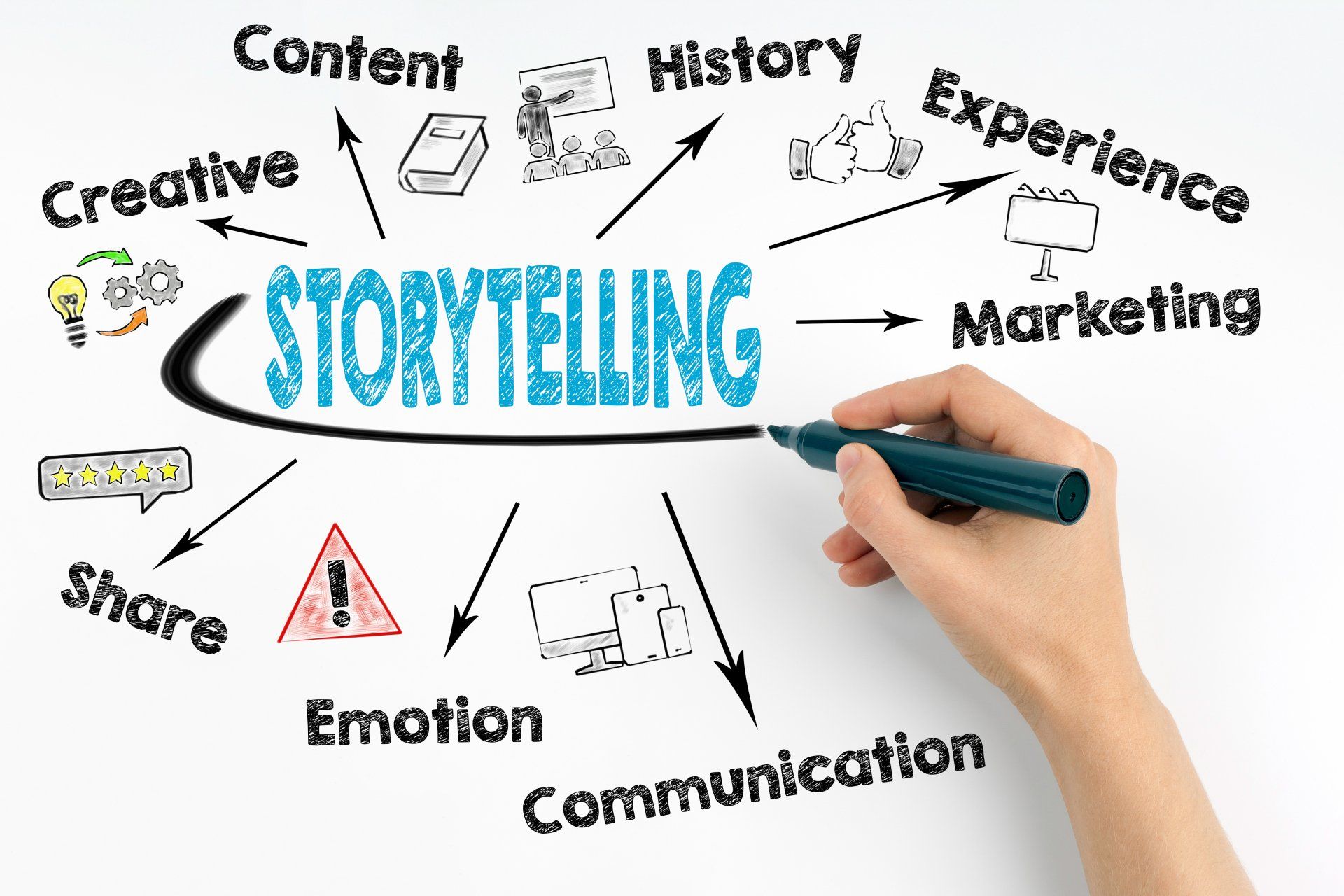
Traditional marketing and advertising are not dead. I believe they’ll be around for a long time, but brand storytelling is becoming more important to build your reputation and grow sales revenue.
Manufacturers, small businesses, sports brands, non-profits, etc.—nearly all types of organizations have a story to tell that’s relatable to their customers, fans, and audiences. In an era where humans are more interconnected by technology, it’s crucial to engage your customers and let them be your brand influencers and ambassadors.
Here’s eight compelling reasons your marketing efforts should involve telling your brand story.
1. We use stories to think, process, and store information
Humans identify with stories better than with cold facts. We love narratives. Stories have been used to pass down traditions, laws, languages, and civilizations. People identify with the characters in a story and empathize with their struggles, growth, and resolutions. Therefore, when a brand tells its story, it becomes more relatable to their customers or audience. People want to see where the story goes next. They see themselves as being part of something big.
If the brand can tell a story of how it’s trying to make people’s lives better or solve their challenges, people will feel that their relationship with the brand is not just transactional. For instance, a money remittance service such as Western Union tells a story of its journey in connecting people with their loved ones who are thousands of miles away. The brand portrays itself as a bridge.
2. Stories stand up to scrutiny, authenticity, and transparency
By sharing a true story, the brand appears more transparent and authentic to the audience. By sharing stories of wins and losses, the story mirrors what normal people go through in their own journeys.
In addition, when someone searches for a brand online, they are likely to land on the company’s website, which lists products and services. However, if the person searching can find stories of people interacting with the brand, that is likely to give them more confidence in working with them.
3. Stories can be compelling and engaging
Through stories, brands can create excitement among its customers and align themselves with things that people genuinely care about. Stories of change and impact are very compelling. When storytelling is done correctly and consistently, positive emotions can be evoked by showing the brand in a new light, which can help maintain customer loyalty.
4. Provides context: how your brand fits into society
By telling your story consistently over time, your brand identity is created. One video may not do much. But a combination of videos, photographs, blog posts, social media posts, and media appearances come together to create an identity. Each new piece plugs into the bigger picture.
Context is important, especially on social media, where people share memes, jokes, and banter. By creating a persona, the brand can engage its audience at deeper and subliminal levels. Without a consistent persona, it’s hard to create an affinity on such channels.
5. Keeping the brand on track
Storytelling allows a company to share its values. As highlighted, stories have been used to pass down values in human history. Such things as courage, resilience, and honesty are held in high regard. Storytelling instructs future generations to uphold the things that the founders of a company felt were important. The future of the brand, therefore, should reflect those values.
For instance, if your brand is about your people and focus on your customers, share stories about dealings with customers, how you were able to overcome a bad interaction, or how your employees work together to achieve success.
6. It’s a non-intrusive form of marketing
People have an urge to avoid advertisements. It’s the reason ad-blockers exist for browsers and apps. These ads must be played or shown regularly to the target audience for them to be impactful. In contrast, people willingly read, watch, and share stories about a brand. It does not feel invasive, and there’s a chance that a brand story goes viral.
Instead of having ads around the year, brands can use stories to stay top of mind and visible to customers. For instance, big brands have budgets that stretch out the entire year and in multiple spaces. They can be involved in helping entrepreneurs in one season and sportsmen the next. They remain active and relevant throughout the year without being seen as too intrusive
7. By telling your own story, you control the narrative
It’s important for a brand to have its own narrative. A brand’s story will be told as long as it is in existence. However, taking the initiative to tell your own story means that the brand can get their messaging out on their terms. In case there are misconceptions about the brand’s origins, ownership, and mission, brand storytelling can clear these up.
When unfortunate incidents or mistakes happen, the brand should be quick to own up. A culture of transparency will protect the brand from distortion that arises from silence and passiveness.
8. It’s inexpensive
Telling a brand story is less expensive than paying for prime-time commercials. A single piece of content can be produced in many formats—a blog post, a podcast, social media post, or YouTube video. In fact, stories can be retold many times without losing authenticity.
A business can vastly reduce its cost of converting new customers and retaining existing ones through storytelling. By sharing what it intends to fulfill in the future, a business can keep customers excited about what the future holds.
Developing Your Brand Story
Telling a compelling brand story requires a great deal of introspection. A company needs to take time to figure themselves out and identify the messages that will last the test of time. These are the values that will keep them on track and create a lasting image in the eyes of customers. It goes beyond the logo and tagline. A great way to start is to identify the problems the business intends to solve through its products and the impact it will make.
In storytelling, a brand must be transparent. For this to work, there must be sincere congruence between day-to-day operations and the values that the brand says it upholds. For instance, a brand that’s all about uplifting people must treat its employees well. A brand that cares about the environment must be producing and selling sustainably.
As I’ve mentioned in past blogs, identifying the audience, together with their fears, motivations, needs, wants, and aspirations, is vital. It’s normal for a brand to communicate to several demographic groups. However, the message to each group must be packaged differently from the rest.
In storytelling, there is the temptation to spread yourself wide and focus on many areas. However, storytelling should be used to build authority in one or a few areas that your audience cares most about. For instance, a bank that is selling a mortgage product may focus on young professionals. It can decide to tell the story of how it helps such people build their future. The story is narrow, easy to understand, and compelling to the audience.
Examples of Great Brand Stories
Numerous brands are doing incredibly well with storytelling today. Google is one of them. Compared to many Fortune 500 companies, Google is relatively young but has become one of the most valuable and relevant brands in the world today. Their ads rarely have a call to action, and they have minimal branding. However, they feature people using Google’s products to solve problems. One great story was a video showing a young person’s search activity. They used Google to find a school abroad, find their way around in a foreign country, and settle comfortably there. Such stories are heart-warming and endear the brand to people.
A smaller but fast-growing luxury jewelry, shoes, and handbags brand, Dannijo, uses storytelling powerfully. Their Instagram page features videos of the two female founders in their day-to-day lives. It makes the brand easy to identify with despite selling high-end fashion items. The founders also do short videos with guests discussing different topics that are not directly related to the brand. They are conversations that their target audiences would have with their close friends. Sharing such content endears the brand to the people, more. Finally, their website’s About page shares the company’s efforts towards creating sustainable economic opportunities for women in developing areas.
Airbnb has also sharpened their image and won trust amongst customers. Staying at a stranger’s house can seem like an uncomfortable suggestion. However, by sharing stories of hosts on their website and YouTube channel, Airbnb has convinced people that hosts are normal and lovely people. Their campaign ‘Belong Anywhere’ has been quite successful. In fact, the community of hosts and customers have managed to raise millions of dollars for refugees in the spirit of kindness and acceptance of everyone.
Branding and Developing an Identity with Gray Matter Marketing
It’s clear that brand storytelling is a great way to build affinity for the brand amongst target customers. People often do not purchase a product, but rather the feeling they get after using or experiencing a product. This connection is paramount for brand sustainability. Storytelling makes the brand authentic and lets customers become influencers.
Stories are how people pass values down through generations. It’s how language and facts are remembered. This is not about to stop. Brands should step up and tell their story. Own their narrative lest it be told by someone else. Storytelling is limitless. Stories can be shared in any format. In the long run, everything comes together like a puzzle. The brand will have built an identity that can help it withstand crisis and competition.
If your company requires assistance in developing a brand narrative, get in touch with
Gray Matter Marketing. We offer a wide range of marketing consulting services, including branding and identity. We will help you develop and execute a brand storytelling strategy to help endear your brand to its target demographic.
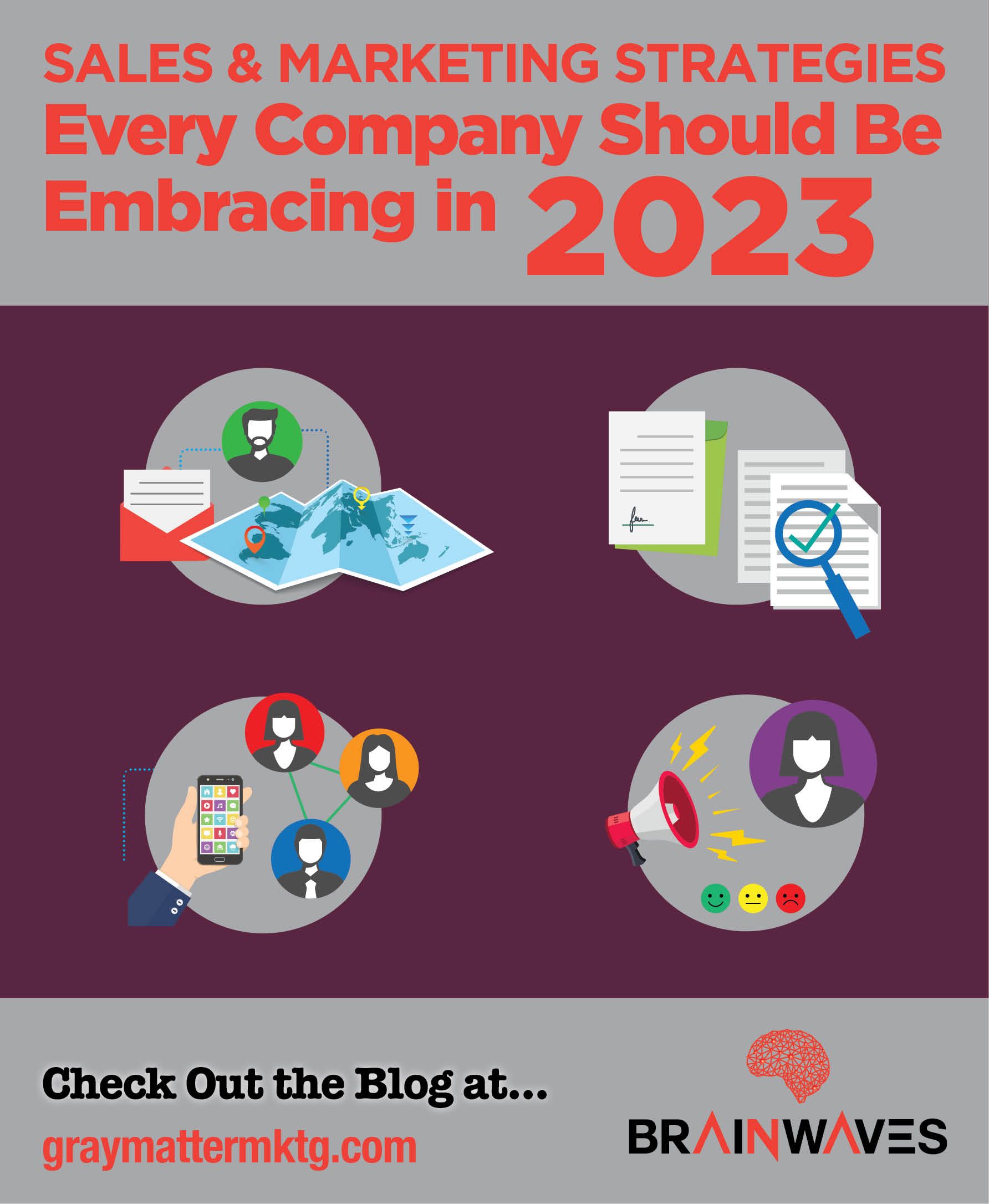


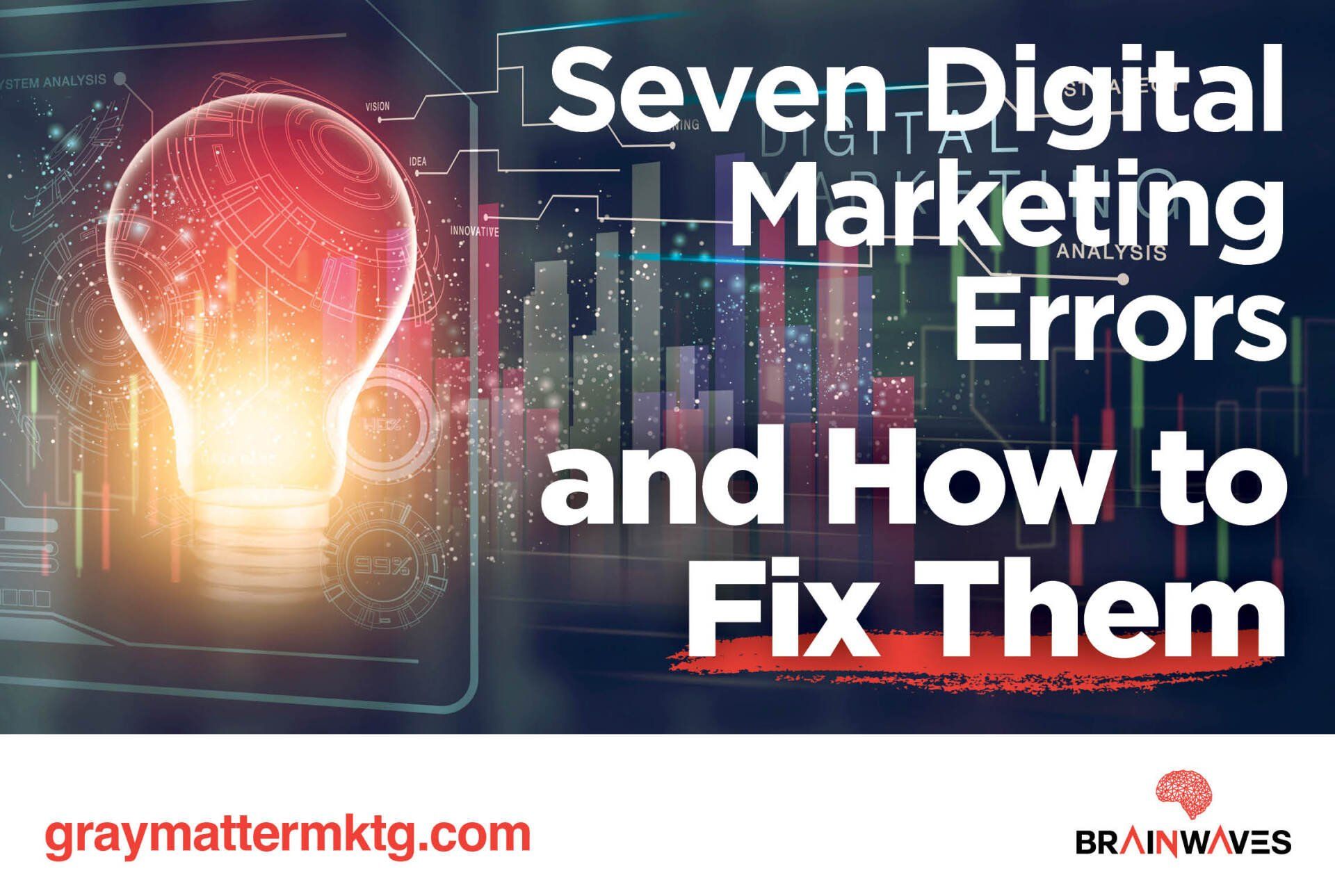

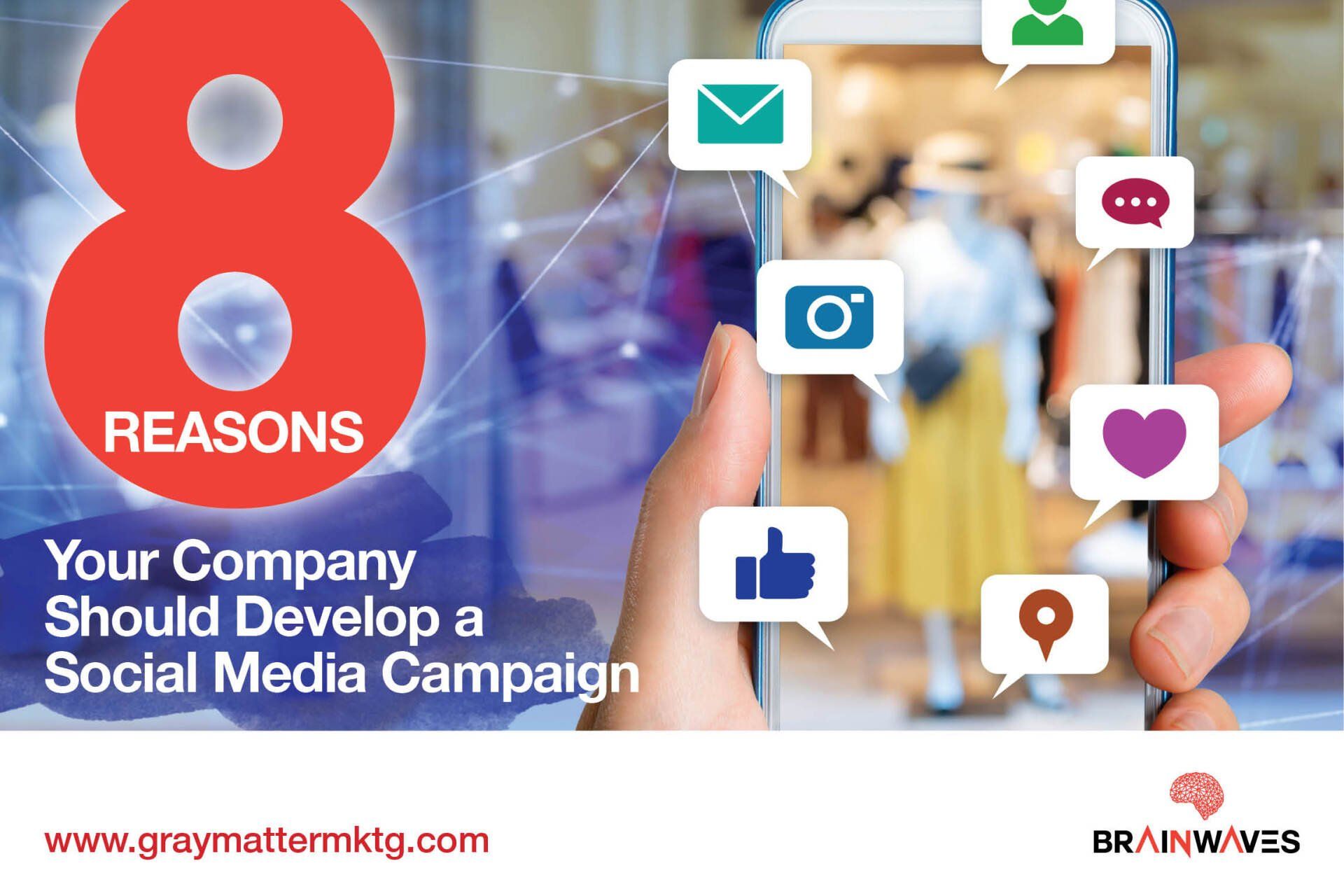

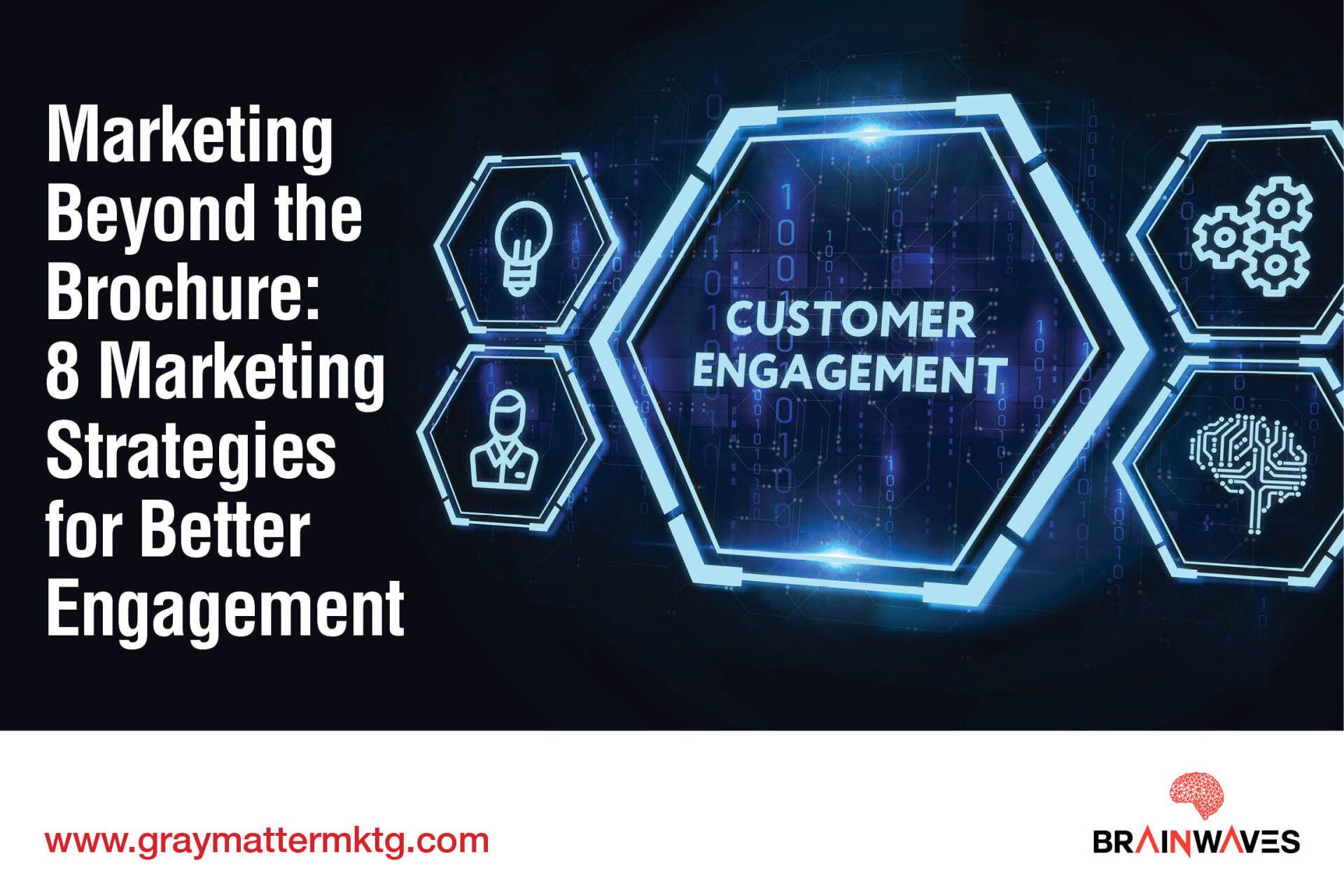
SERVICES WE PROVIDE
© 2022 Gray Matter Marketing LLC. All Rights Reserved.


